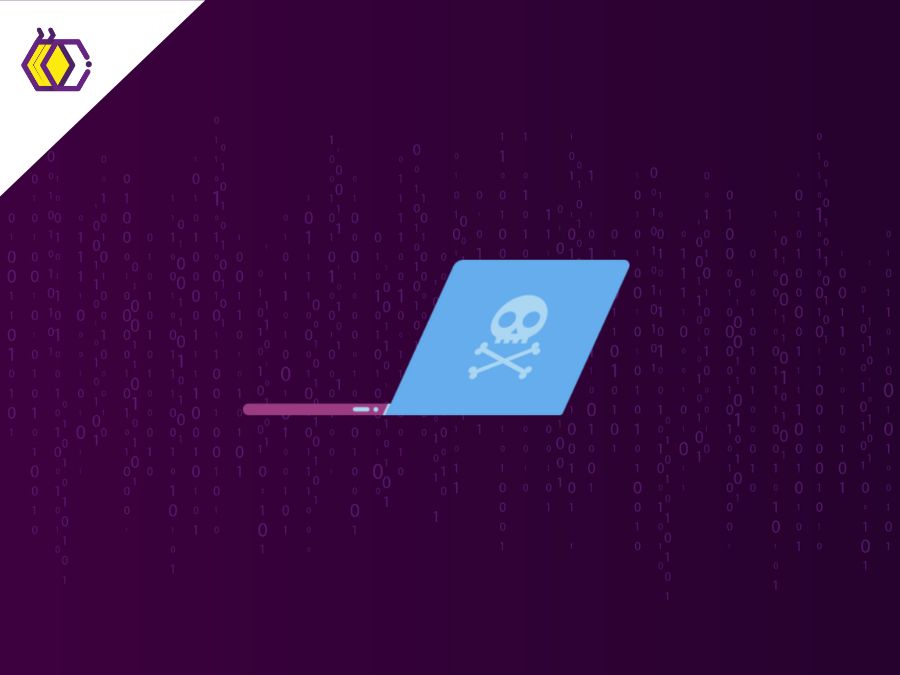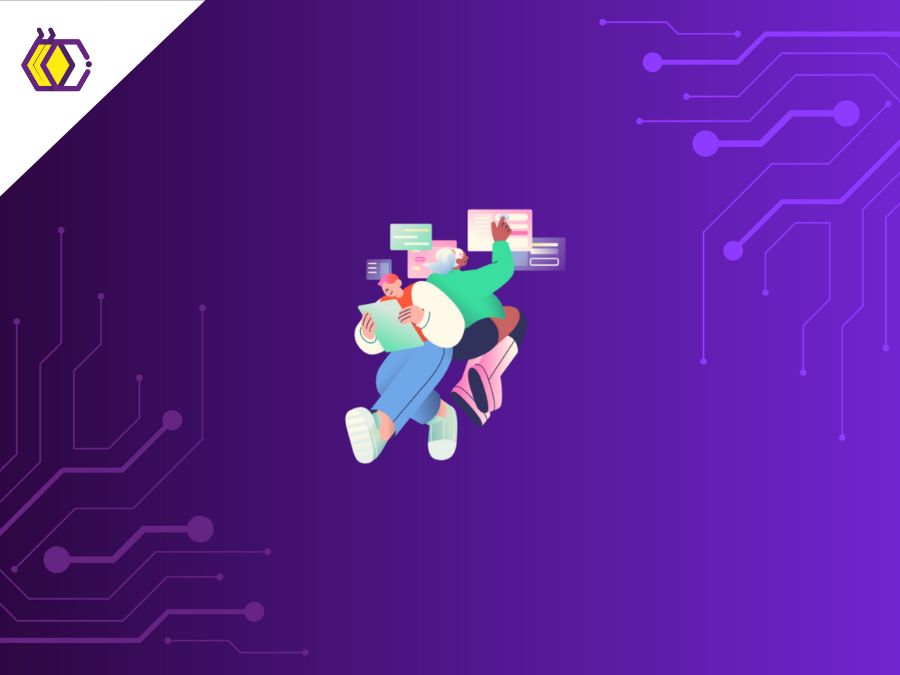
API
(8 minutes of reading) API is an acronym for Application Programming Interface. APIs is a set of tools, definitions, and protocols for creating software applications. APIs connect solutions and services, without the need to know how those elements were implemented. It is almost impossible nowadays, that a programmer is not aware of what APIs are and how to work with them, as they help to be more efficient, generating less work and more productivity for consumers and companies. In this text, we will talk about APIs, how they are present in our work routine and how they are used to improve the systems functionality. Come read! WHAT IS AN API? As already mentioned, API means Application Programming Interface. It is a set of protocols, routines and tools for building software applications that specify how these software components should interact with each other. Quite simply, an API is a way for different programs to communicate and exchange information. APIs can allow different systems to work together seamlessly. For example, an e-commerce site might use an API to communicate with a payment processing system to facilitate customer payments. Likewise, a mobile app can use an API to interact with a social media platform to allow users to share content on their social media profiles. APIs are built using different programming languages and technologies and can be designed for a variety of purposes. APIs can be: Public or Private, that is, they can be available to anyone or restricted to specific users or applications. HISTORY The concept of APIs has been around since the beginning of computing, but like everything else in technology, their evolution and use has been driven by technological advances and changing business needs. Initially APIs were used as low-level interfaces to access system resources such as memory and hardware devices. With the evolution of computing and networking, APIs needed to evolve to support high-level functionality, such as accessing databases, communicating between applications, and exchanging data over the Internet. One of the first APIs to gain widespread adoption was the Common Gateway Interface (CGI), it was used as a way for web servers to run programs and generate dynamic content. Another point that helped the growth of the API was the introduction of XML which provided a standardized way of describing and exchanging data between applications. With the rise of the web and the emergence of mobile devices, there was an even more accelerated growth of APIs, as companies began to have the need to have web-based mobile applications that could integrate with other systems and services. With the development of REST APIs we have a lightweight and flexible approach to building APIs, which has become one of the dominant approaches to API development today. APIs today are a critical component of modern software development, enabling companies to build and integrate applications and services faster and more efficiently. The growth of cloud computing and the Internet of Things (IoT) will further aid the growth and evolution of APIs. HOW IT WORKS? APIs work by specifying a set of rules and standards that define how software components should interact with each other. Typically, an API defines the types of requests that can be made to it, the format of the data that must be exchanged, and the actions or responses that must occur because of those requests. The moment a software component wants to interact with an API, it makes a request to the API using a specific syntax or programming language. The API then interprets the request, validates it, and performs the necessary actions to produce a response. This response is usually in a predefined format such as JSON or XML and has the data or information requested by the component making the request. A good example might be Google Maps or a weather forecast API that provides information about the weather in different places. A mobile app or a website can make a request to the weather API using a specific syntax or programming language. The API then retrieves the requested weather information from a database or other source, validates the request, and sends back the requested information in a predefined format such as JSON or XML. The software component can then use this information to display the weather forecast to the user. APIs can also provide a way for software components to interact with each other in real time, allowing for dynamic and seamless integration between different systems. BENEFITS Here we list the main advantages of using APIs. 1) Perfect integration: with APIs it is possible for different systems to integrate, allowing data and functionalities to be shared between different applications. 2) Speed and efficiency: APIs streamline communication between software components, reducing the time and effort required to perform complex tasks. 3) Reusability: APIs can be reused across multiple applications, allowing for greater flexibility and scalability. 4) Standardization: With APIs it is possible to standardize communication between different systems, making it easier for developers to create and maintain software applications. 5) Security: APIs provide secure access to data and functionality, allowing controlled access to confidential information. 6) Innovation: APIs allow developers to create new and innovative applications leveraging the functionality of existing software components. 7) Monetization: APIs can be monetized by developers and companies, allowing them to generate revenue by providing access to their data and functionality to other applications and systems. Overall, APIs provide a powerful and flexible way to integrate software systems, allowing for greater efficiency, innovation, and scalability. API TYPES The main types of APIs are: 1) REST APIs: REST (Representational State Transfer) APIs are web APIs that use HTTP requests to access and manipulate resources, such as data, on a server. They are generally designed to be stateless, meaning that each request contains all the information needed to complete it. 2) SOAP APIs: SOAP (Simple Object Access Protocol) APIs are Web APIs that use XML-based messages to exchange data between applications. SOAP APIs are designed to be more structured and require a dedicated message format. 3) GraphQL: GraphQL APIs are newer APIs that use a query language to allow clients to specify the exact data they need, receiving only the requested information. Thus, resulting in more efficient data recovery and improved performance. 4) RPC APIs: RPC (Remote Procedure Call) APIs are APIs that allow a client to call a function or procedure on a remote server and receive a response. RPC APIs can be synchronous or asynchronous and can use a variety of transport protocols such as HTTP or TCP. 5) WebSockets: WebSockets are APIs that provide a bidirectional full-duplex communication channel between a client and a server. WebSockets are typically used for real-time applications such as chat rooms or online games. 6) Libraries and SDKs: Libraries and SDKs (Software Development Kits) are sets of software tools and resources that provide an interface for developers to access the functionality of a specific system or service. They are often used to simplify the integration process with third-party services like social media platforms or payment gateways. In general, the choice of API type will depend on the specific requirements and constraints of the project or application being developed. API AND INNOVATION APIs are a powerful tool for innovation, as developers can leverage existing data and functionality in innovative ways. By building on the APIs, you can create new applications and services that add value to users and customers. APIs allow for faster and more efficient development, as they provide pre-built functionality and data, and help developers reduce the amount of code they need to write by speeding up the development process. With APIs, developers can test and iterate faster, as APIs help test and refine ideas in a more realistic environment and make changes and improvements based on user feedback and data. APIs also enable collaboration and partnerships between companies and developers. By making their APIs available to third-party developers, companies can create new opportunities for innovation and collaboration and tap into new markets and customer bases. Overall, APIs can be a powerful tool for innovation, allowing developers to create new and innovative applications and services, while also enabling collaboration and partnerships between companies and developers. What did you think of our article? Be sure to follow us on social media and follow our blog to stay up to date!
Share this article on your social networks:
Rate this article:
Other articles you might be interested in reading
- All (185)
- Career (38)
- Competitions (6)
- Design (7)
- Development (112)
- Diversity and Inclusion (3)
- Events (3)
- History (15)
- Industries (6)
- Innovation (38)
- Leadership (8)
- Projects (23)
- Well being (18)

Cloud Computing and Digital Transformation and Social Impact
(5 minutes of reading)
In recent years, we have witnessed a quiet revolution that is fundamentally reshaping the way we live and work. At the center of this transformation is cloud computing, a technological innovation that transcends physical limits and opens up new horizons of possibilities. This text will talk about this subject that is transforming the IT area. Come read!...

Tech in Education
(9 minutes of reading)
In the contemporary educational landscape, technology plays an increasingly crucial role, revolutionizing not only the way students learn, but also how educators teach. As we adapt to a digitally connected world, new trends are emerging that promise to further transform the way education is designed and delivered. Come read this text to learn about the latest trends in educational technology and explore their impact on student development and the evolution of teaching. Come with us!...

Ethical Software Development
(5 minutes of reading)
Developing software is a complex activity that goes far beyond simple coding. It involves a meticulous process of planning, design, implementation, testing and maintenance to create reliable, efficient, and secure systems. However, in addition to seeking functionality and performance, developers must also carefully consider the ethical aspects of the software they are creating. In this text we will talk about ethics and responsibility when developing software. Come read!...

Balance Between Professional and Personal Growth
(6 minutes of reading)
In a world driven by the constant search for professional success, we often find ourselves immersed in our careers, forgetting the fundamental balance between professional and personal growth. As we dedicate hours to coding, solving problems, and advancing our technical skills, it's essential to remember that our journey as human beings go beyond the lines of code. Come read our text and see super cool tips on how to achieve this balance!...

How to Highlight Programming Competition Awards on your CV
(6 minutes of reading)
In a field as dynamic as software development, it is crucial to stand out from the crowd. An exceptional way to do this is through recognition and awards won in competitive programming competitions. In addition to demonstrating your superior technical skills, these awards attest to your ability to solve complex problems, collaborate as a team, and deliver exceptional results under pressure. Today we will talk about the curriculum and competitions, are you interested? Come with us!...

Open Source and Collaboration
(5 minutes of reading)
If you're ready to start exploring the world of open source, be aware that you will encounter many learning opportunities and challenges. Collaboration is at the heart of this environment, driving innovation and influencing the direction of technology. Come read our text to find out more about this subject!...

 Innovation
Innovation 

